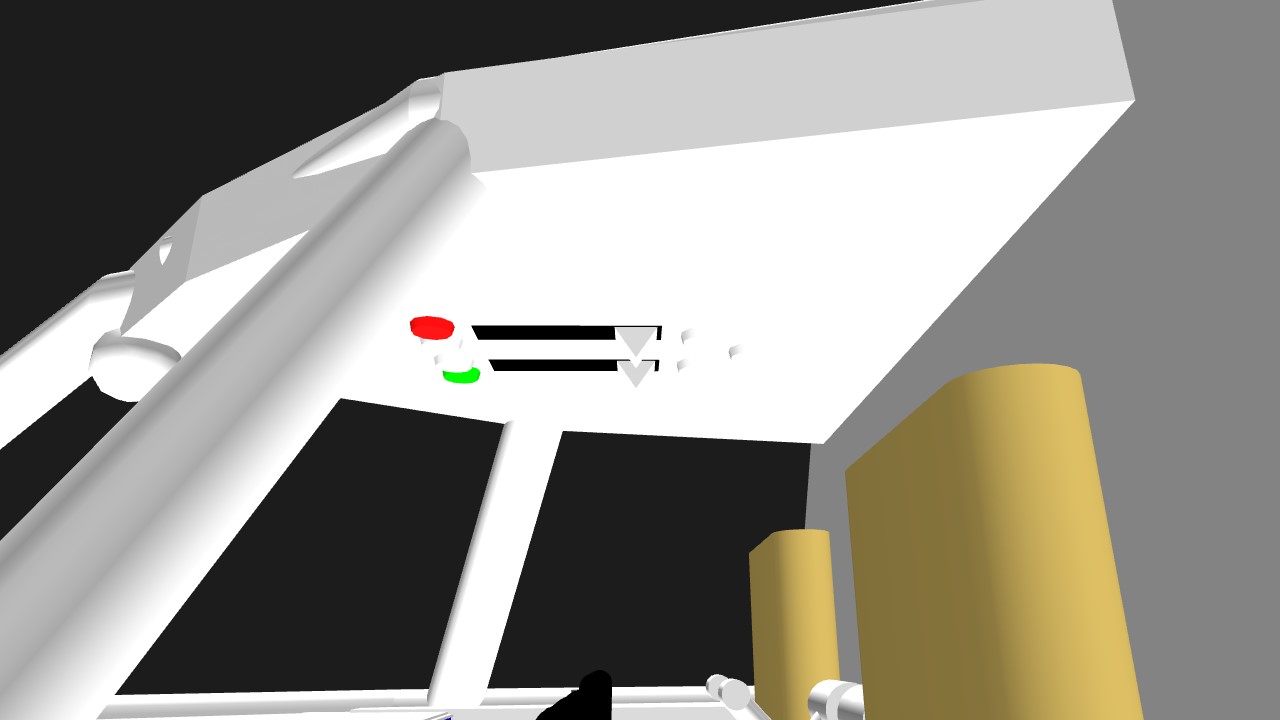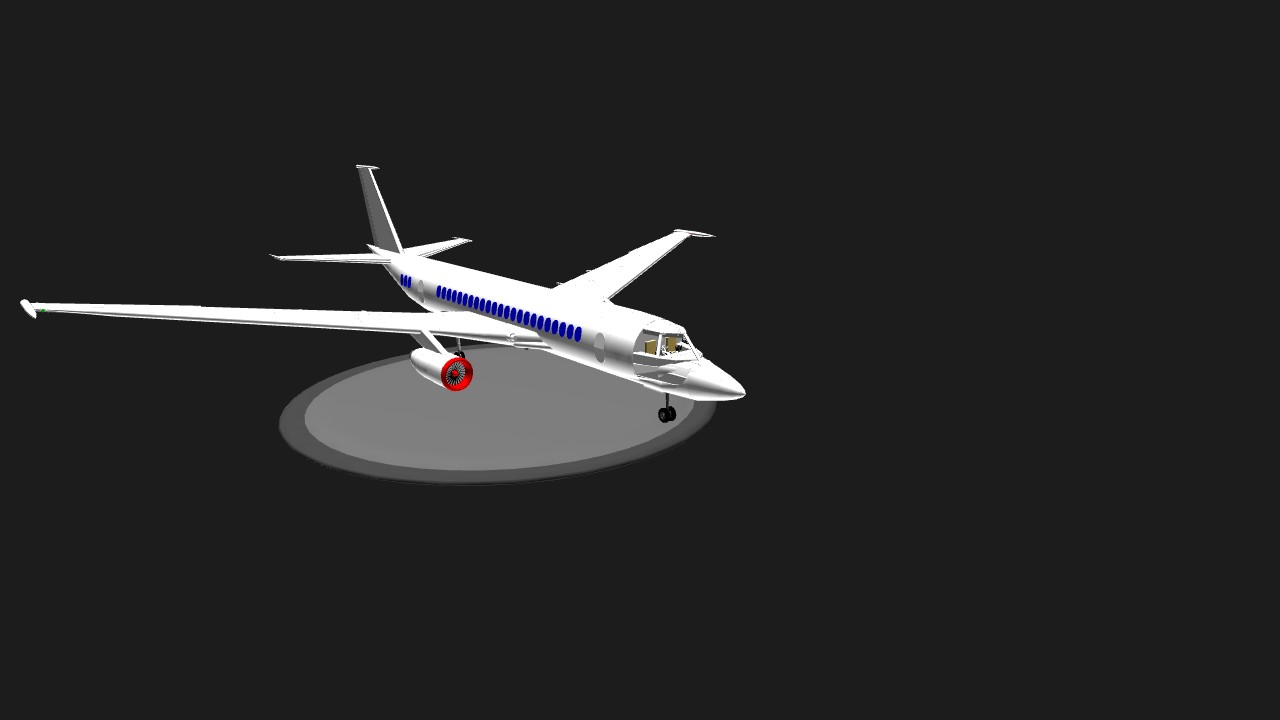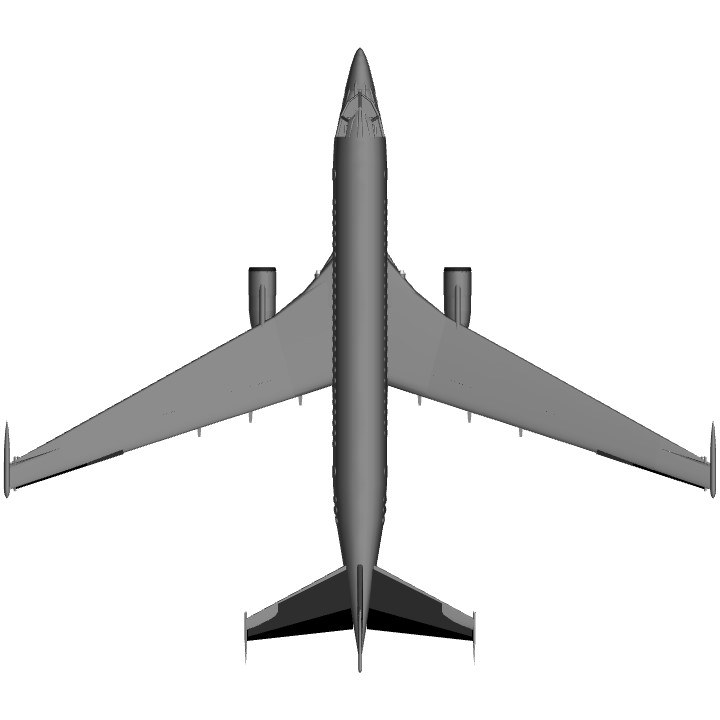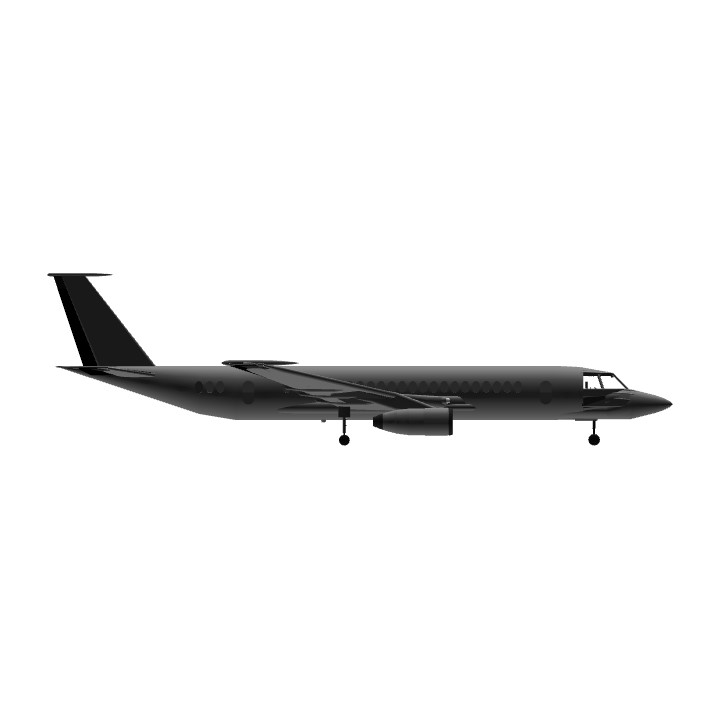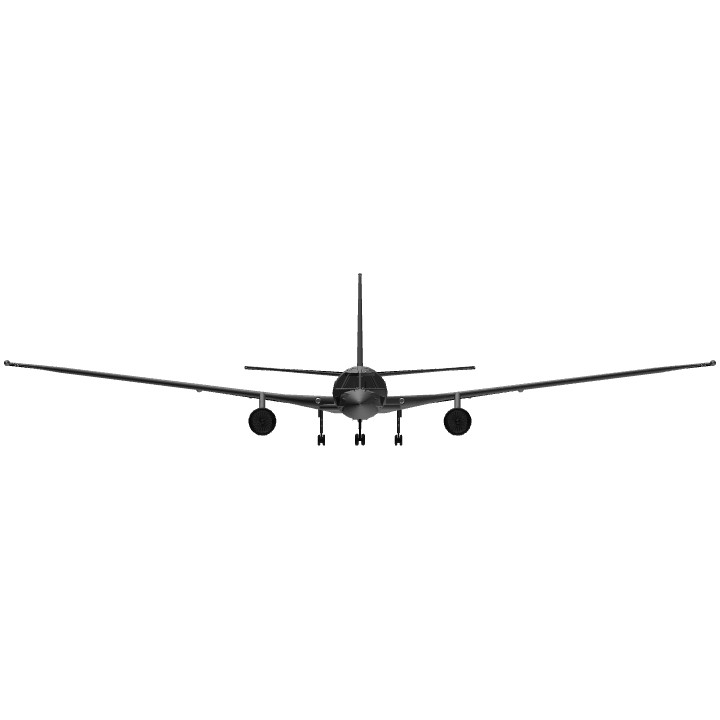About
The Lexair 200-MAX, like the SWL-36-MAX and the SWL-151-MAX, is the end of the line. As you can see from the pictures, it has a cockpit. However, this is an extremely detailed cockpit. I have really spent some time putting in the details.
Controls
AG 1 | Engine One
AG 2 | Engine Two
AG 1 + VTOL up | Fuel supply, engine one
AG 2 + VTOL up | Fuel supply, engine two
AG 3 | Reverse thrust
AG 4 | Lights
AG 8 | Landing lights
Trim | Trim
Gear | Gear
Flight
Startup
To turn on the engines, first activate 1. Push VTOL all the way up to the top. On the overhead panel, the left slider will move forwards, and on the engine panel (located in the center of the cockpit on the instrument panel), the fuel gauge will move 180 degrees. The engine is now running. For the second engine, just press two, and everything is set.
Backing out
If you want to fly the Lexair 200-MAX realistically, you will probably be starting at a parking slot. Simply activate 3, and full brakes. The plane will back out. Turn as you back out to be lined up with the taxiway. Activate 4 for lights, and taxi to runway at 1~2% throttle.
Taking off
To take off, follow the startup procedure, (or taxi to the runway if you started at a gate), and activate 4. Trim to about halfway down. Full power.
Climbing
After takeoff (130 mph), deactivate 8. Gear up. Use trim as necessary. Climb to 30,000 ft, and 90% throttle. Climb to 37,000 ft.
Descent
Descend to 4,000 ft, and 70% throttle. 2,000 ft, 40% throttle, activate 3, gear down, and 8. Pull the nose up on touchdown, and full brakes. When you are slowed down to 30 mph, deactivate 3 and 8. Taxi to gate. When at gate, stop. VTOL goes to middle, and when the fuel gauges stop moving, deactivate 1 and 2. Then deactivate 4, and trim to middle.
Links
Specifications
General Characteristics
- Predecessor Lexair 200-1
- Successors 1 airplane(s)
- Created On iOS
- Wingspan 98.3ft (30.0m)
- Length 85.4ft (26.0m)
- Height 23.8ft (7.2m)
- Empty Weight N/A
- Loaded Weight 56,442lbs (25,601kg)
Performance
- Power/Weight Ratio 2.508
- Wing Loading 41.8lbs/ft2 (203.9kg/m2)
- Wing Area 1,351.5ft2 (125.6m2)
- Drag Points 24331
Parts
- Number of Parts 538
- Control Surfaces 5
- Performance Cost 2,021


